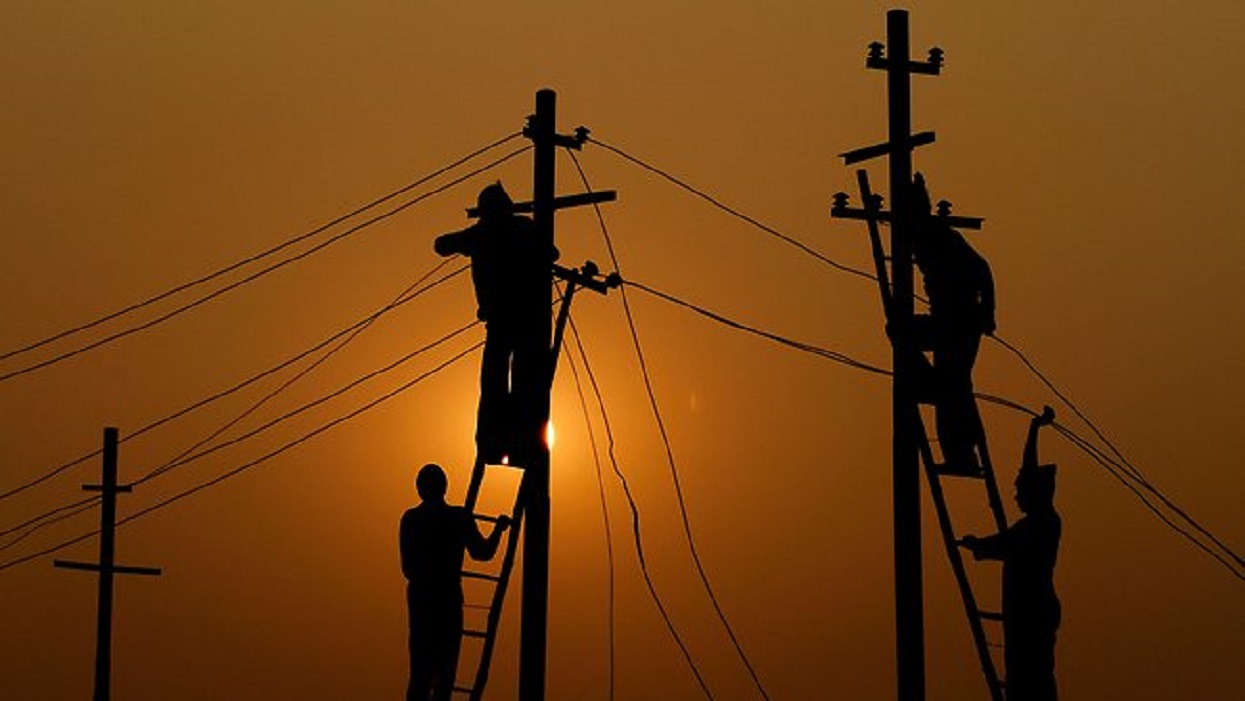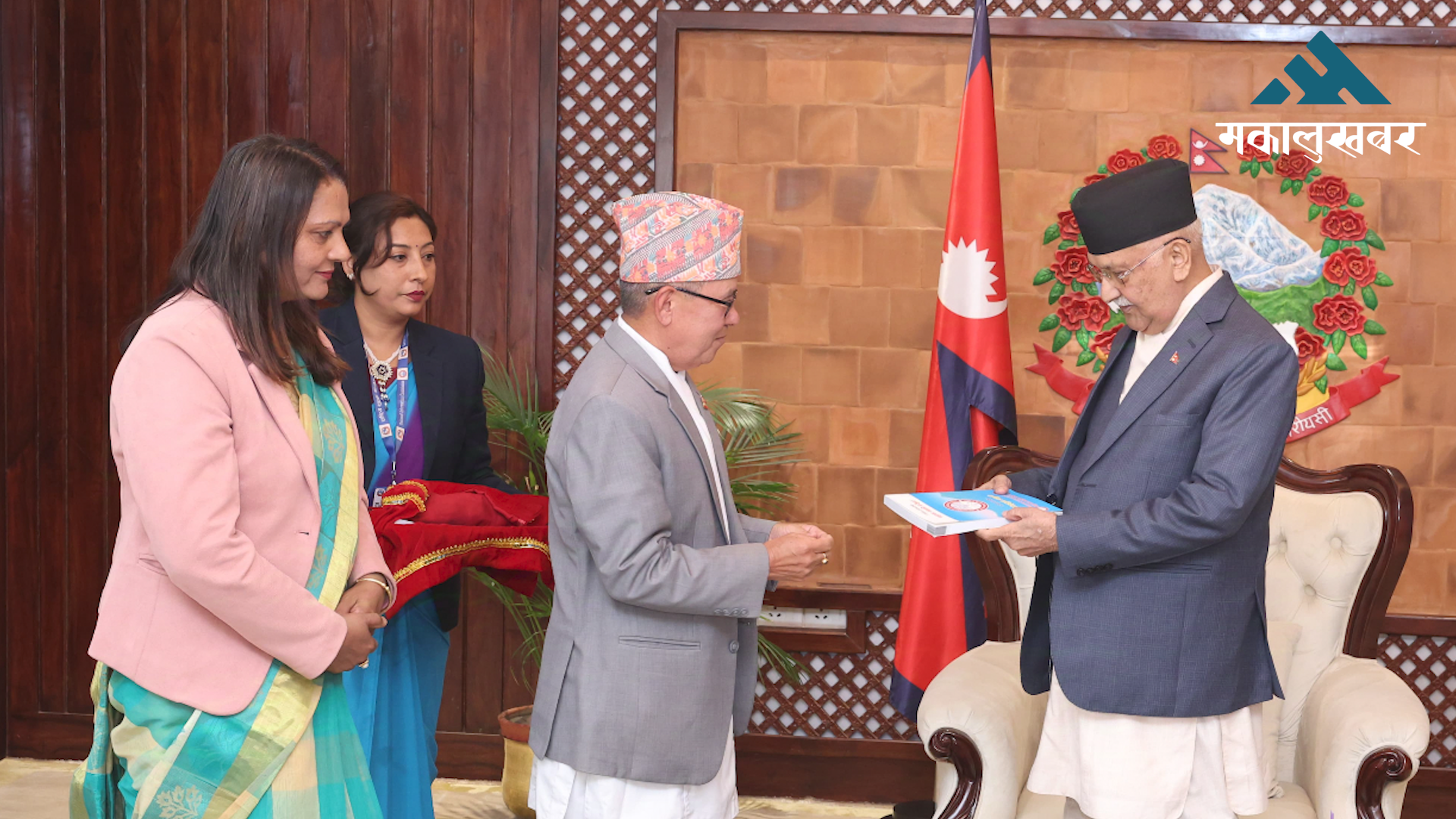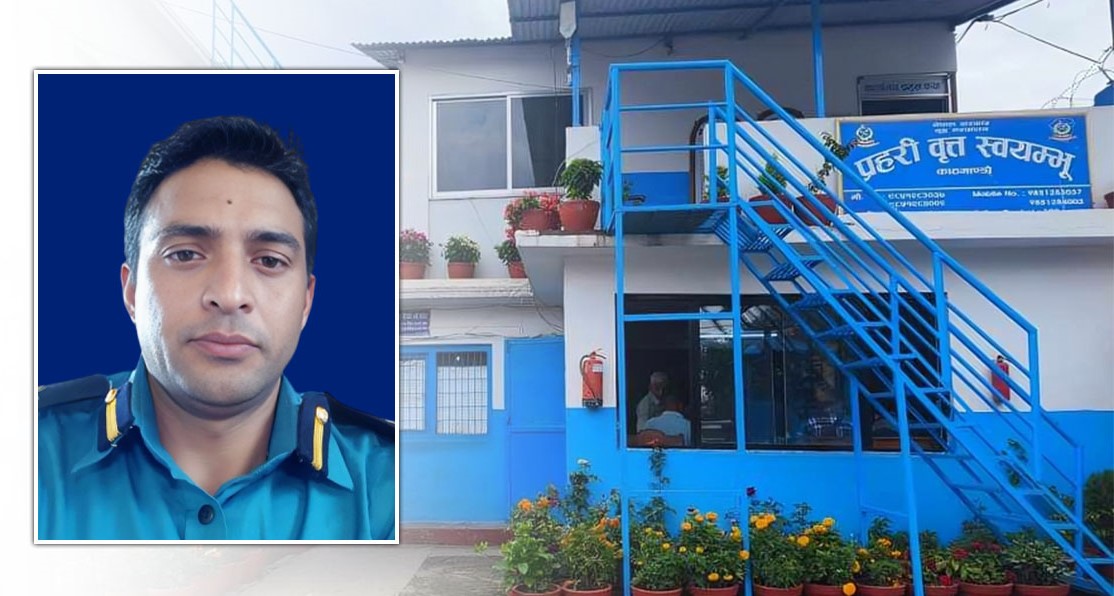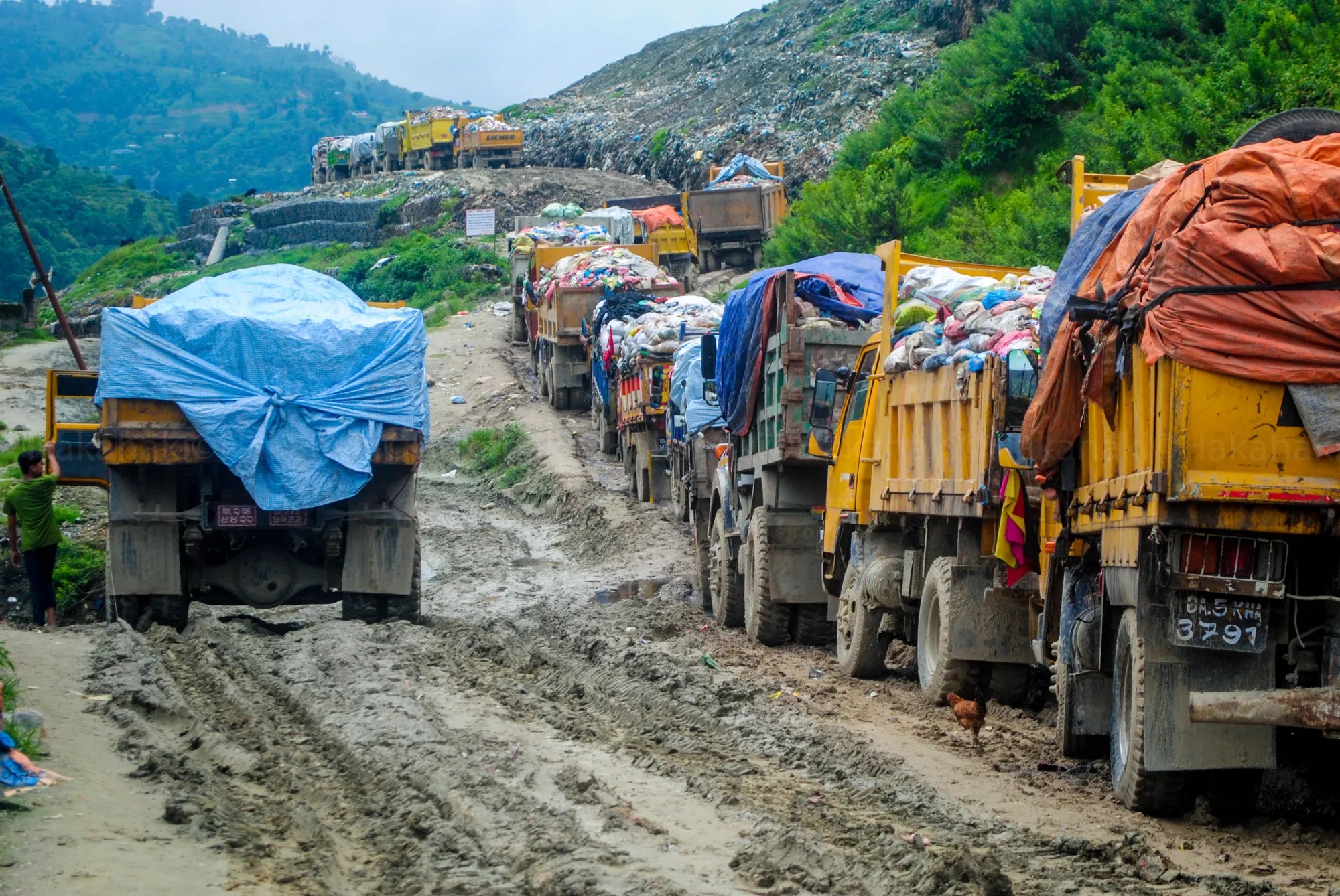Kathmandu has no clue about number of Nepalis needing rescue from Ukraine

KATHMANDU: MARCH. 6 – The Russian invasion of Ukraine has entered its 10th day and many countries have rushed to evacuate their citizens from the Eastern European country. Nepal, however, does not even know how many of its citizens were there and how many are still stranded, after some hundreds have managed to cross the Ukrainian borders.
Nepal’s Ambassador to Germany, Ramkaji Khadka, said there were around 1,000 Nepali nationals living in Ukraine permanently or temporarily. He said half of them have already left Ukraine. Since Nepal does not have its embassy in Ukraine, the Berlin-based mission oversees Ukraine affairs.
Khadka said he returned to Berlin on Saturday after visiting Warsaw of Poland to carry out a rescue mission.
Many Nepalis, mostly students, however, reached Poland and other bordering countries like Slovakia on their own after Russian President Vladimir Putin authorised what he called a special military operation in Ukraine on February 24.
Nepal was quick to respond saying that it opposes the use of force against a sovereign country in any circumstance and that it believes in the peaceful resolution of disputes through diplomacy and dialogue. Nepal also voted in favour of a UN resolution to deplore Moscow on Wednesday.
While Nepal has taken a firm position against the Russian invasion, its response in evacuating its citizens has been tepid. Students who had managed to cross over to Poland after walking around 40 kilometres told the Post last week that they were left in the lurch and called on the Nepal government to help.
With the government unaware of the number of Nepalis in the war-hit county, questions have been raised about its rescue operation, if there is any, and media outlets have been disseminating information relying on various sources.
Hari Bahadur Malla, the chairperson of the Ukraine chapter of the Non-resident Nepali Association, said some 200 Nepalis were in contact with the association before the Russian invasion.
“I don’t have the exact number of Nepalis living here because many students don’t contact us,” he told the Post over WhatsApp from Odessa in Ukraine. “While many have left the country, permanent residents like me are still here.”
He said some 35 people like him, doing either business or government jobs, are still living there.
In the last three years, the Ministry of Education has issued 820 No Objection Certificates to students to study in Ukraine. However, not all students who receive the certificate leave the country. The Education Ministry is unaware of the exact number of students who are studying in Ukrainian colleges and universities.
This is not the first time that Nepali officials are struggling to figure out the exact data on the Nepalis living or working or studying in any nation that has faced a conflict needing rescue.
When Afghanistan’s capital Kabul fell to the Taliban in August last year, Nepali authorities were in the dark about the number of Nepalis in the South Asian nation. During crises in Iraq and Libya also, Nepali officials struggled to ascertain the number of Nepali nationals living in those countries.
“We have the record of the exact numbers of people living in the countries where there are our residential missions. It is always difficult to have the real number of our people living in countries without residential missions like Ukraine,” said an official at the Ministry of Foreign Affairs. “And when it comes to the mobile population, it becomes even more tricky.”
The Post too has reported different numbers of Nepalis in Ukraine in its two previous reports. Earlier, based on information provided by the Non-resident Nepali Association, the Post reported 200 Nepalis to be living there. In the second report, the Post said hundreds.
On March 4, the Nepali Times estimated 4,000 Nepalis to be living there.
Particularly in Ukraine’s case, the data on Nepali nationals may vary due to the Schengen Visa facility, according to Madan Kumar Bhattarai, a former ambassador.
Schengen refers to the EU passport-free zone that covers most of the European countries. Since it’s the largest free travel area in the world, the mobile population can be very high.
“When I was the ambassador to Germany, the German authority would provide a certain set of data showing the number of Nepalis very high due to legal and illegal migration. While serving in Japan, every year I visited the relevant offices there to get the data on the Nepali people, which made it easy to predict the number of Nepalis living in that country,” said Bhattarai.
“It depends on how much concern and efforts we are putting in to keep records of our people in respective countries,” he added.
On Saturday, Russia said its forces had stopped firing near two Ukrainian cities to allow safe passage to civilians fleeing the war, but was continuing its broad offensive in Ukraine, where the capital Kyiv came under renewed assault.
The Russian defence ministry said its units had opened humanitarian corridors near the cities of Mariupol and Volnovakha which were encircled by its troops, Russia’s RIA news agency reported.
“We have also learnt about the ceasefire from news channels but I cannot say if it has eased tensions,” Ranjit Shah, a general secretary of the Non-resident Nepali Association, told the Post over WhatsApp.
Officials say some middlemen appear to be trying to take advantage of the Russian invasion of Ukraine. According to them, some unscrupulous people are luring Nepalis into flying to Ukraine from New Delhi via Dubai, saying that they can enter other European countries once they arrive in Kyiv.
On Friday, the Foreign Ministry said that as many as 551 Nepali nationals have reached Poland, Slovakia, Romania, Hungary and Moldova from Ukraine. Of them, 403 have reached Poland, 71 Slovakia, 27 Romania, six Hungary and four Moldova, the ministry said in a statement.
Still, six Nepali students are in Starobilsk, Ukraine taking shelter in a bunker with nationals from other countries, according to Khadka.
Those who have crossed the Ukrainian border and reached Poland, Romania, Slovakia, Hungary and Moldova need to be sent to Nepal or they have to return to Ukraine after the war is over, but according to Khadka, the ambassador, many have started entering various European countries.
In the case of medical students, they either have to return to Nepal to complete their course or go back to Ukraine, but there is no clarity.
Slovakia has already asked the Nepali embassy in Germany about the Nepal government’s plan to take its nationals home.
Since Poland has liberal immigration policies, many Nepalis have preferred to go there, said officials.
Those who have managed to cross Ukrainian borders have dispersed into other European nations, according to Khadka. “And there is no formal request from Nepalis to return home,” he said.
Nepal meanwhile has requested India to help evacuate its nationals.
“Indian authorities have assured that they will evacuate Nepalis along with Bangladeshi, Maldivian and Sri Lankan nationals,” said Ram Prasad Subedi, charge d’affaires at the Nepali embassy in New Delhi.
Khadka, the ambassador, said the embassy in Berlin had requested Nepalis to leave Ukraine as soon as Russia invaded. “But they refused. As a result, it has now become difficult,” he said.
“We had asked them to leave Ukraine as soon as evacuation vehicles arrived. Nepalis living permanently are facing problems as the Ukrainian government has not allowed citizens aged between 18 and 40 years to leave the country,” added Khadka. “The number of such Nepali nationals is 38. Three have managed to escape. One has reached Nepal and two have reached Turkey.”
Nepalis, who have left Ukraine, however, refuted Khadka’s claims that the government or the embassy facilitated their evacuation.
“There was no support from anybody to cross the border to Poland,” said Padma Bhandari, who is in Warsaw, Poland, over WhatsApp, on Thursday. “The embassy [in Berlin] did nothing other than issuing notices to ask us to leave the place. Only we know the hardship we faced to reach Poland from Kyiv.”
-Kathmandu Post









